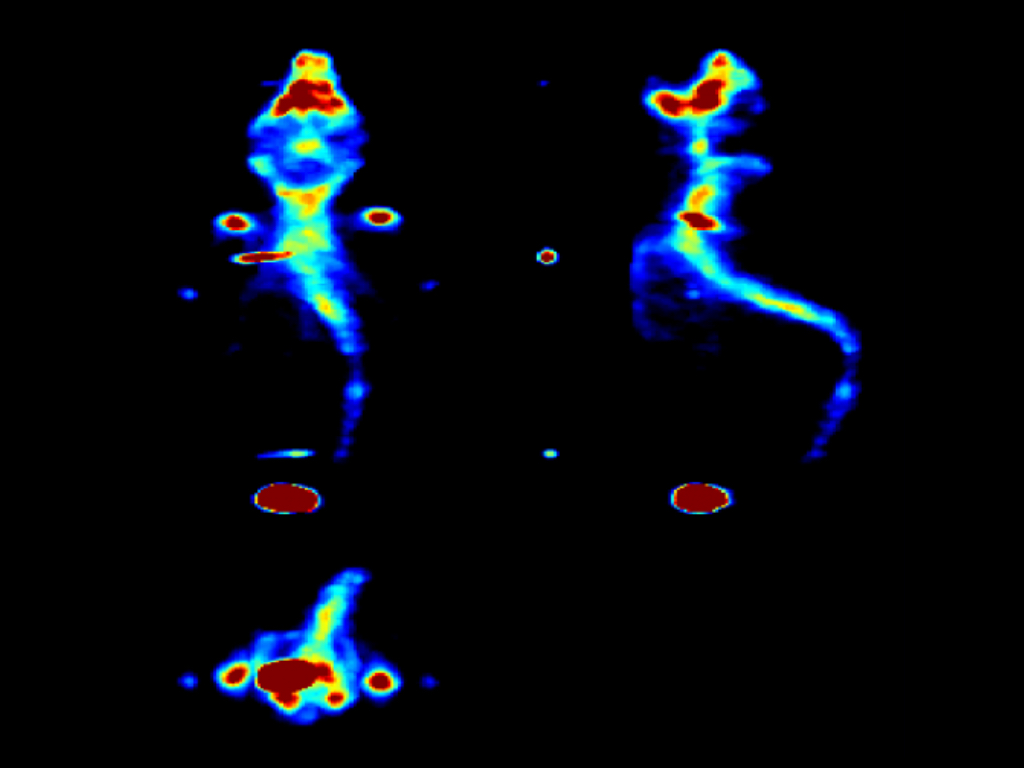HiRezBrainPET approved
"LIP is part of this project on neurofunctional cerebral imaging by positron emission tomography, now approved within PT2020. An innovative PET scanner based on Resistive Plate Chambers (RPC-PET) will be developed, capitalizing on the experience of over a decade of research in this area."

The project "HiRezBrainPET: neurofunctional cerebral imaging by high resolution positron emission tomography (PET)" was approved. The project is led by ICNAS-Produção Unipessoal, a biomedical company fully owned by the University of Coimbra, and has as partners LIP and the Polytechnic Institute of Coimbra. The total investment will slightly over 500 thousand euros.
This project is part of the INTERFACE Program of SI I&DT PT2020, which establishes and promotes links between higher education institutions and companies, aiming at the valorisation and transfer of technology, so that it can respond to the challenges of access to knowledge, flexibility and globalization of markets.
In this project, we intend to develop an innovative PET scanner with sub-millimeter spatial resolution using a Resistive Plate Chambers (RPC-PET) -based disruptive detection technology capitalizing on the experience gained from more than a decade in this area.
The equipment to be developed has the potential to change the paradigm in the diagnosis and investigation of diseases of the central nervous system by allowing, for example, small brain structures such as the striatum, amygdala and thalamus subnuclei involved in neuropsychiatric diseases. On the other hand, the high spatial resolution of the system may play an important role in the characterization of vascular injury, improving the diagnosis and guiding the therapy and in the detection and staging of central nervous system tumors, allowing a better planning of surgery and radiotherapy cancer patients.
The collaboration between LIP and ICNAS for R&D in the RPC-PET technology has been going on for several years. A high-resolution, small animal RPC-PET scanner developed at LIP is installed at ICNAS since 2014. Hundreds of tests have been performed on mice, with goals such as studying the molecular mechanisms underlying degenerative diseases or testing new drugs that may be used to treat certain diseases. In the image, we see the very recent tomography of a mouse doped with sodium fluoride (which deposits heavily in the bones).



